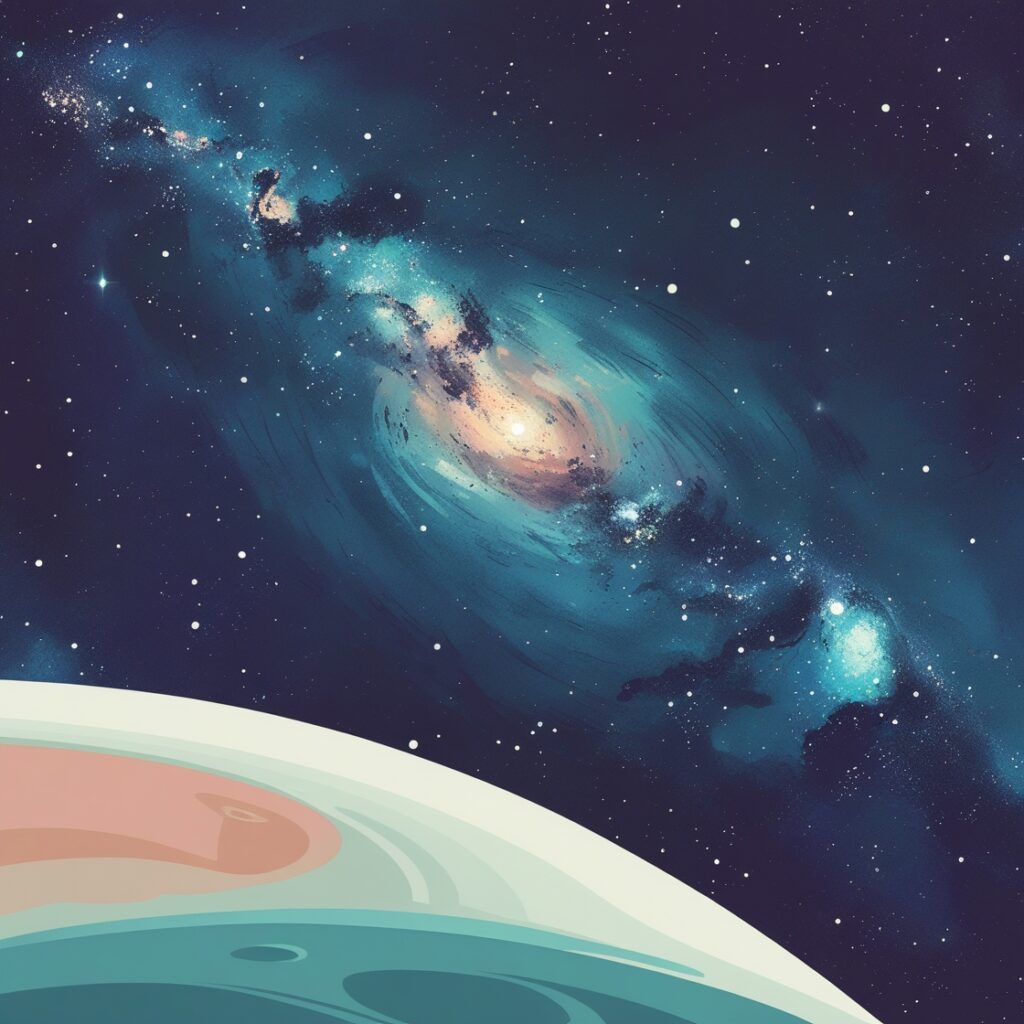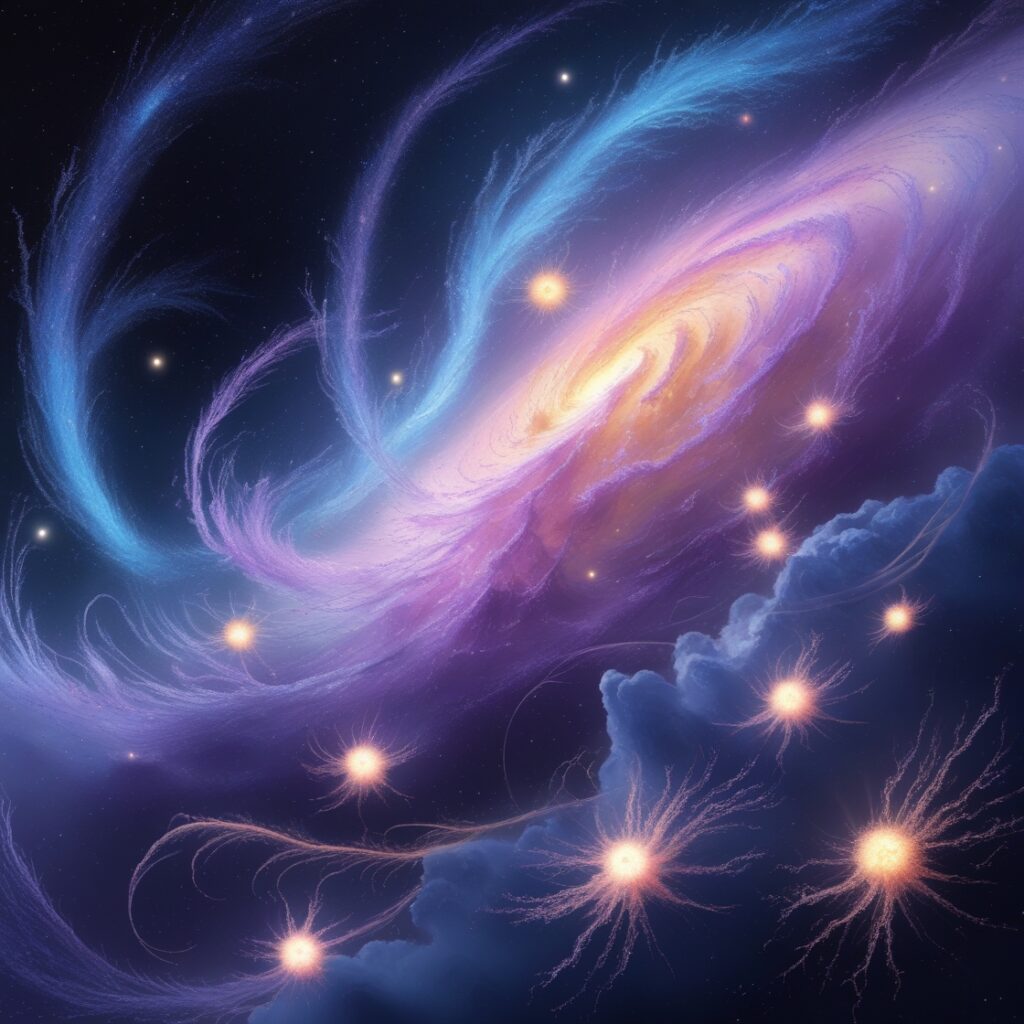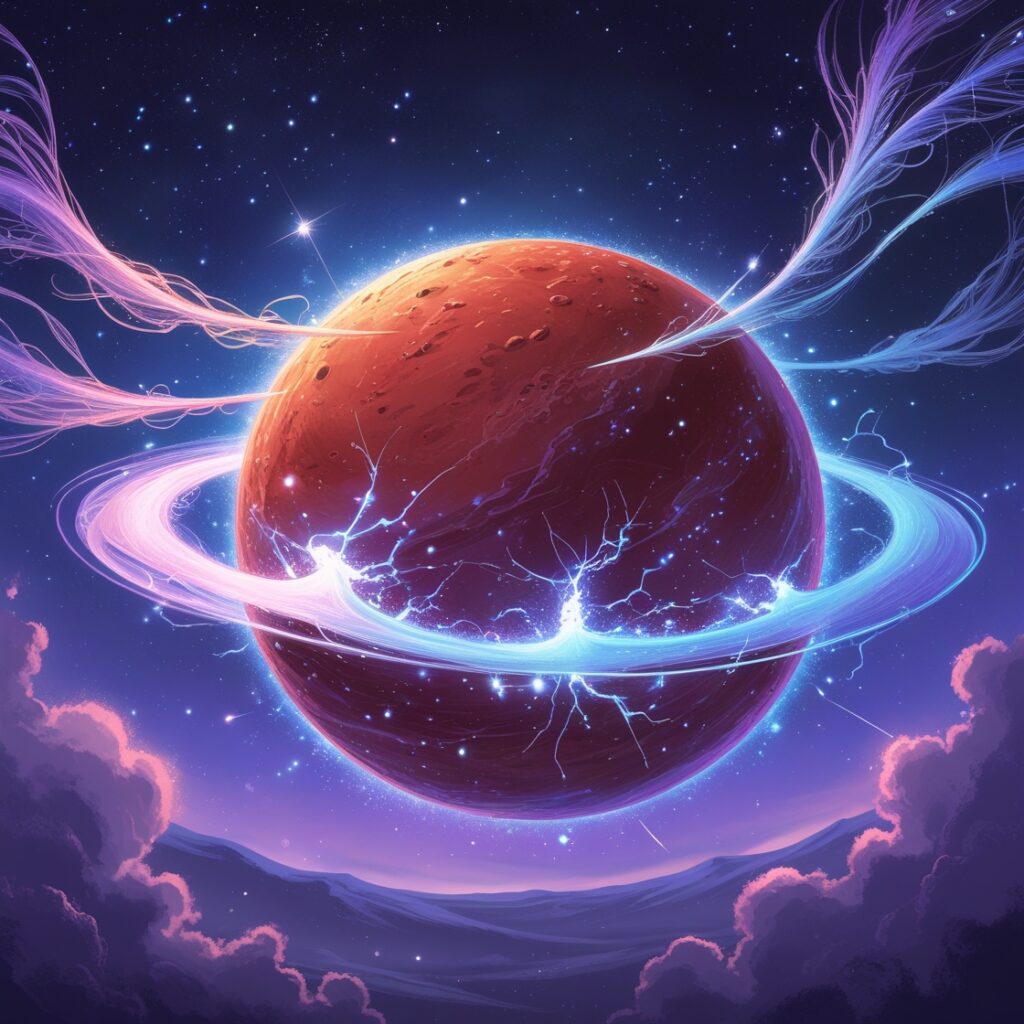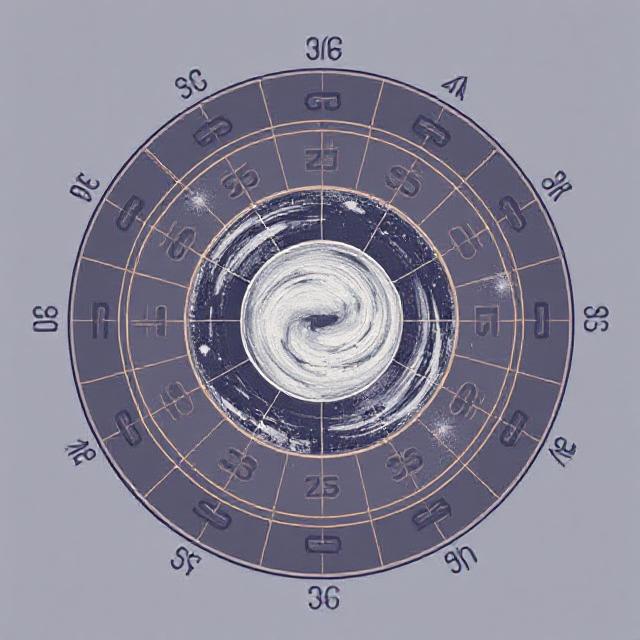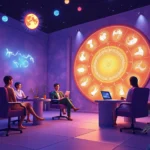Impressed by the Vibrant Spectrum!
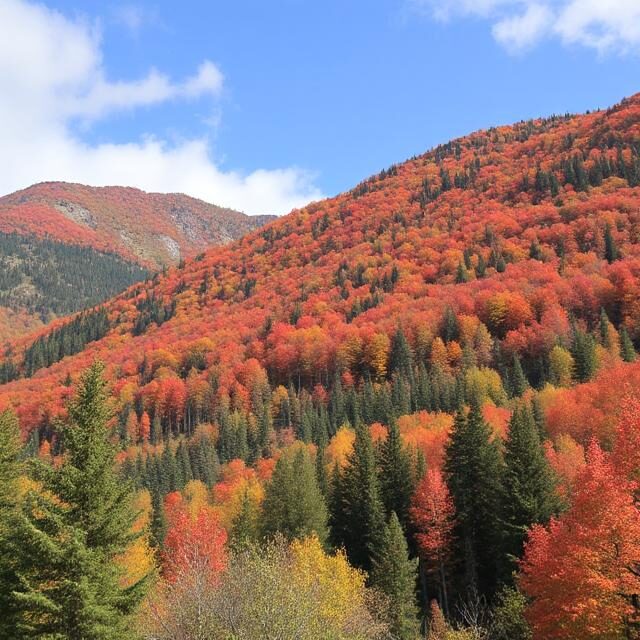

Unveiling the Cosmos: Recent Highlights in Space Exploration
Color me amazed! The universe continues to surprise us with its beauty and complexity. Let’s dive into some of the most exciting recent discoveries and events in space science.
A Closer Look at Uranus
Typically recognized for its blue hue, Uranus has revealed more than meets the eye. An enhanced-color image captured by the Hubble Space Telescope in 2003 showcases the variations in the atmosphere of this ice giant. Utilizing the Imaging Spectrograph alongside the Advanced Camera for Surveys, scientists were able to illustrate cloud patterns that bear resemblance to the bands observed on Jupiter and Saturn. This stunning image, credited to NASA/ESA and Erich Karkoschka from the University of Arizona, invites us to rethink our understanding of this distant planet.
Did You Know?
The Sun emits light across the visible spectrum in nearly equal proportions, which our eyes perceive as white. However, atmospheric conditions on Earth scatter blue light, making the Sun appear more yellow from our perspective.
Mars: The Red Planet’s Secrets Unraveled
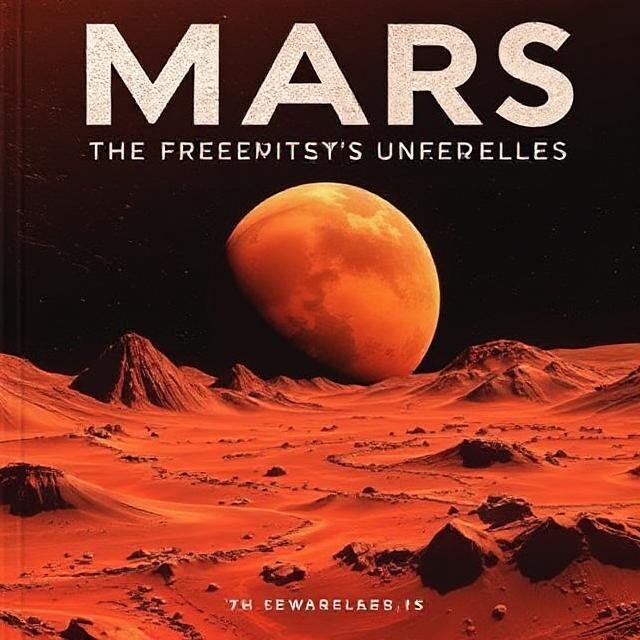

Recent research has prompted a reevaluation of Mars’ distinctive reddish appearance. The study suggests that the iron oxide known as ferrihydrite, which forms in the presence of water, could be responsible for the planet’s rusty color. This implies that Mars may have transitioned to its iconic red state earlier than previously believed. The European Space Agency’s Rosetta spacecraft captured Mars in a captivating composite image in 2007, merging various wavelengths to unveil the planet’s surface.
Evidence of Ancient Oceans
New findings from China’s Zhurong Rover bolster the theory that Mars was once home to oceans. The rover has uncovered sediment deposits akin to Earth’s coastal regions, suggesting that liquid water might have existed on the planet, potentially creating a habitat conducive to life. This discovery highlights the need for further exploration to seek signs of past microbial existence.
Asteroid 2024 YR4: A Close Call Averted
Asteroid 2024 YR4 recently sparked concern due to a slight possibility of impacting Earth. However, the likelihood of a collision has plummeted to a mere 0.001%, moving it from a Level 3 to a Level 0 on the Torino Impact Hazard Scale. This means it no longer requires urgent monitoring, much to the relief of scientists and the public alike.
NASA’s Lunar Trailblazer Mission
On February 26, 2025, NASA launched the Lunar Trailblazer mission, a pivotal step in understanding the Moon’s water distribution and composition. This mission is critical for future Artemis crewed missions, aiming to lay the groundwork for sustained lunar exploration.
Advocacy for NASA’s Future
Though layoffs at NASA have been avoided, further action is necessary to ensure stability within the agency. The Astro Touring has praised the White House’s decision against mass layoffs while urging the Senate to expedite the confirmation of a new NASA Administrator. A solid leadership team is essential for navigating the challenges ahead.
Reflections on the Genesis Mission
The Genesis mission, which aimed to collect solar wind samples, met an unfortunate end when it crash-landed in Utah in 2004. Former project scientist Amy Jurewicz discussed the mission’s lessons on future sample retrieval and the implications for human spaceflight beyond our planet’s magnetosphere.
Upcoming Events in the Night Sky
As March approaches, stargazers can look forward to the Moon’s proximity to Venus on March 1, Jupiter on March 5, and Mars on March 9. It’s a perfect opportunity to explore the celestial wonders that our night skies have to offer.
Join the Cause
If you’re passionate about space exploration, consider becoming a member of The Astro Touring. Your support has been instrumental in advocating for vital missions, such as the recent victory in securing funding for NASA’s Venus orbiter, VERITAS. Together, we can unlock the mysteries of our cosmic neighbor.
Artistic Inspirations from Space
Image processor Cody Kuiack has transformed raw data from NASA’s Juno spacecraft into a breathtaking depiction of Jupiter’s storms, showcasing a vibrant spectrum of colors and textures. This artistic endeavor reminds us that space exploration not only fuels scientific inquiry but also inspires creativity.
Share Your Art!
We invite all space enthusiasts to submit their artwork related to the cosmos. If you create space-themed art, please share it with us by replying to any Downlink email or reaching out to [email protected]. Don’t forget to mention your membership status with The Astro Touring!
Space continues to be a source of wonder and discovery. Stay tuned for more incredible updates from the universe!



